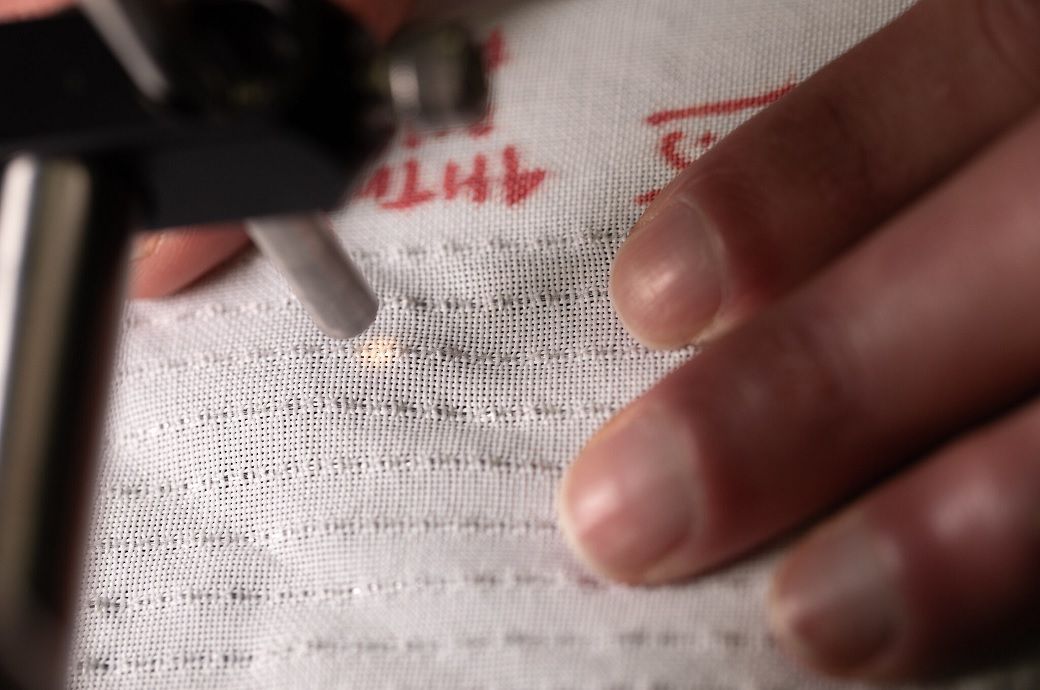

The new fibres, referred to as barcodes woven directly into the fabric, are customisable and can be made visible to the naked eye, only readable under near-infrared light, or a combination of both. This technology is more effective than traditional tags which are often cut away or become unreadable, and it can be invisible until it needs to be read, the University of Michigan said in a press release.
Recyclers use near-infrared sorting systems to identify materials based on their optical signatures, however, this method is limited as blended fabrics have similar optical signatures. The photonic fibres, however, can provide a higher level of precision and can identify the composition of the fabric, making recycling more effective. The researchers achieved this by combining photonic expertise with advanced textile capabilities at MIT’s Lincoln Lab, resulting in a process that is compatible with large-scale production.
The photonic fibres are made from a preform which is a plastic feedstock that consists of alternating layers of acrylic and polycarbonate. The preform is heated and mechanically pulled into a thin strand of fibre. The researchers adjusted the mix of materials and the speed at which the preform was pulled to create the desired optical properties and ensure recyclability. Although the photonic fibres are more expensive than traditional textiles, the researchers estimate that they would only result in a small increase in the cost of finished goods, approximately 25 cents.
In addition to making recycling easier, the photonic labelling could also be used to inform consumers about the origin and manufacturing process of goods and verify the authenticity of brand-name products. The researchers have applied for patent protection and are evaluating options for commercialisation. The research was supported by the National Science Foundation and the Under Secretary of Defense for Research and Engineering.
Fibre2Fashion News Desk (CG)